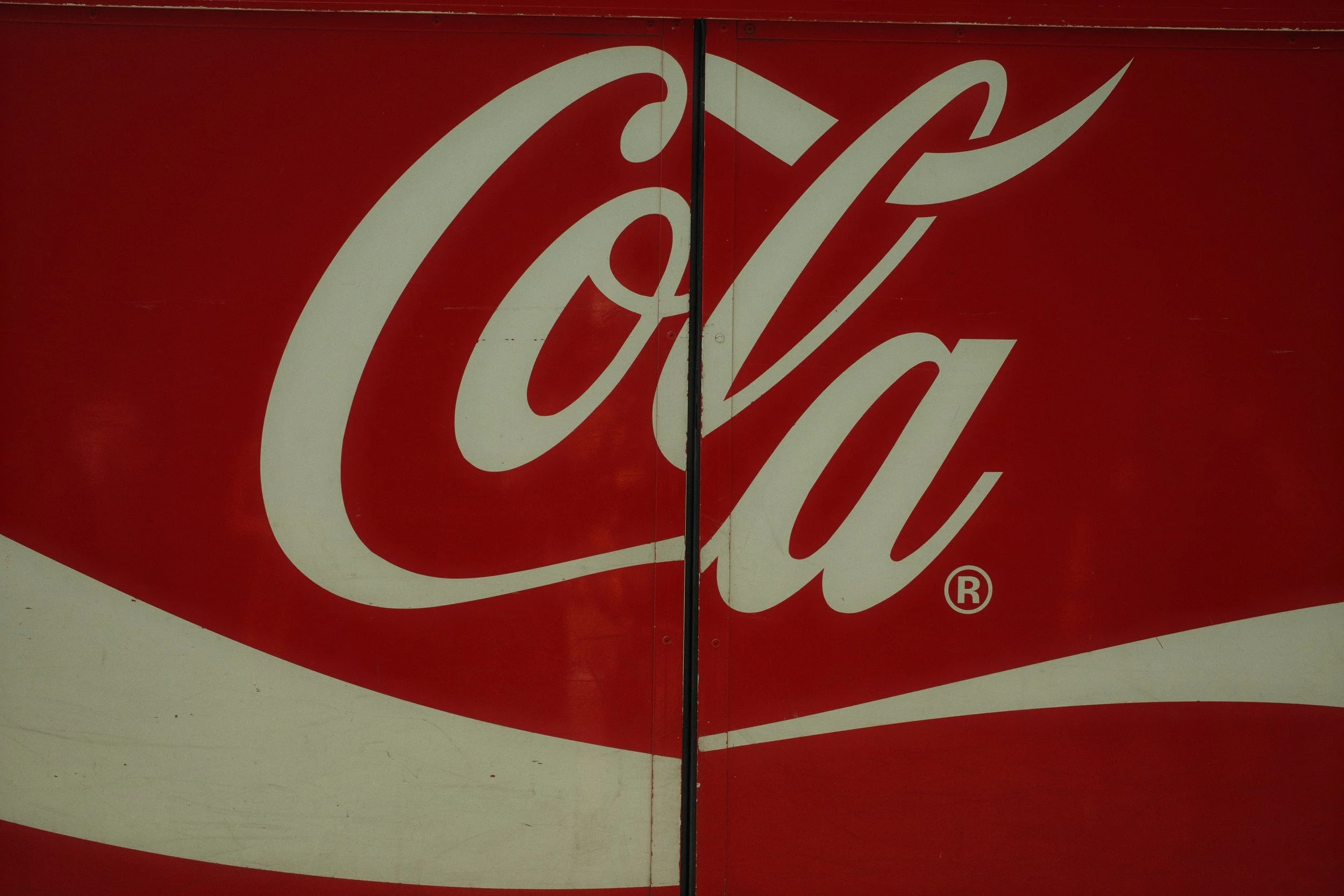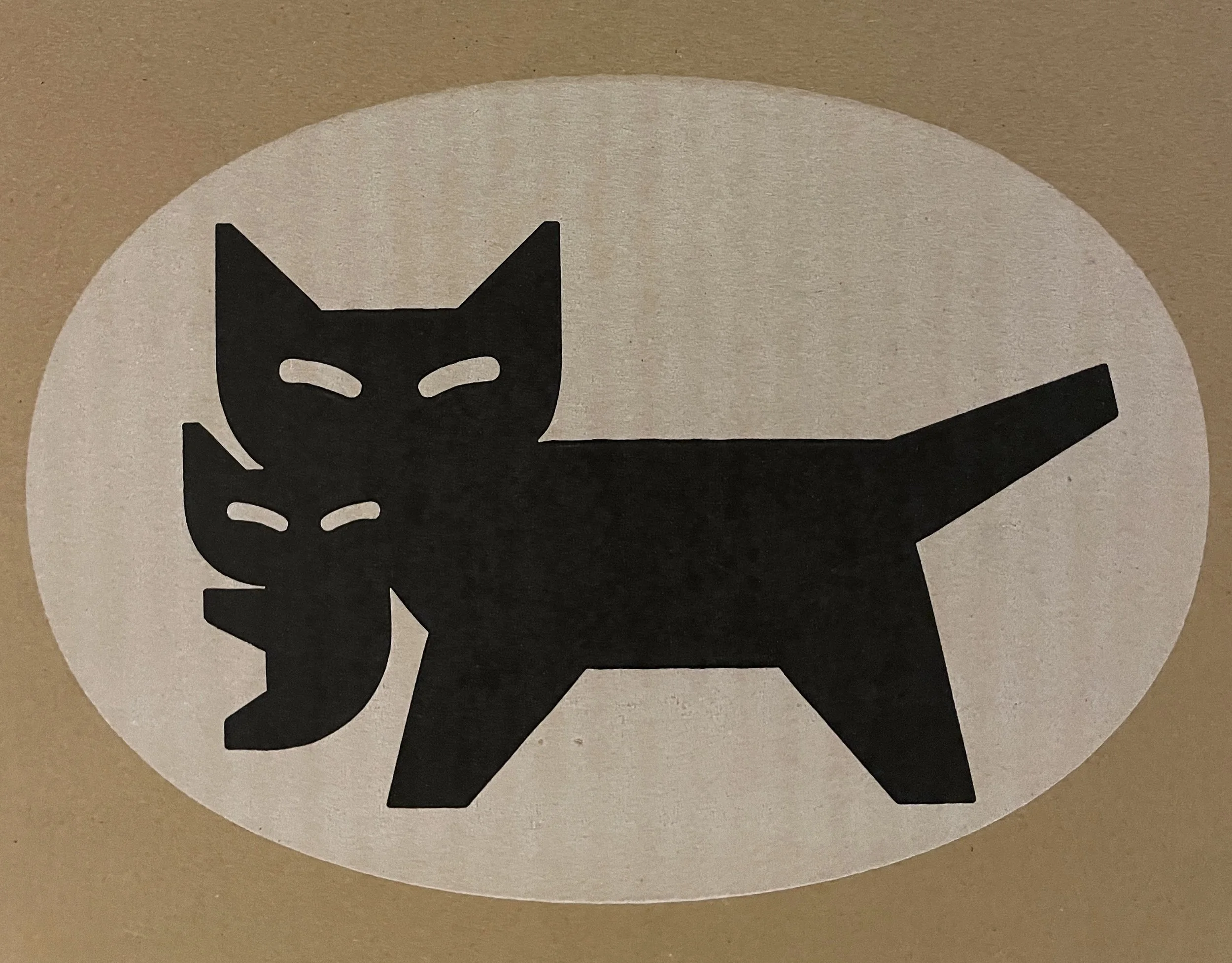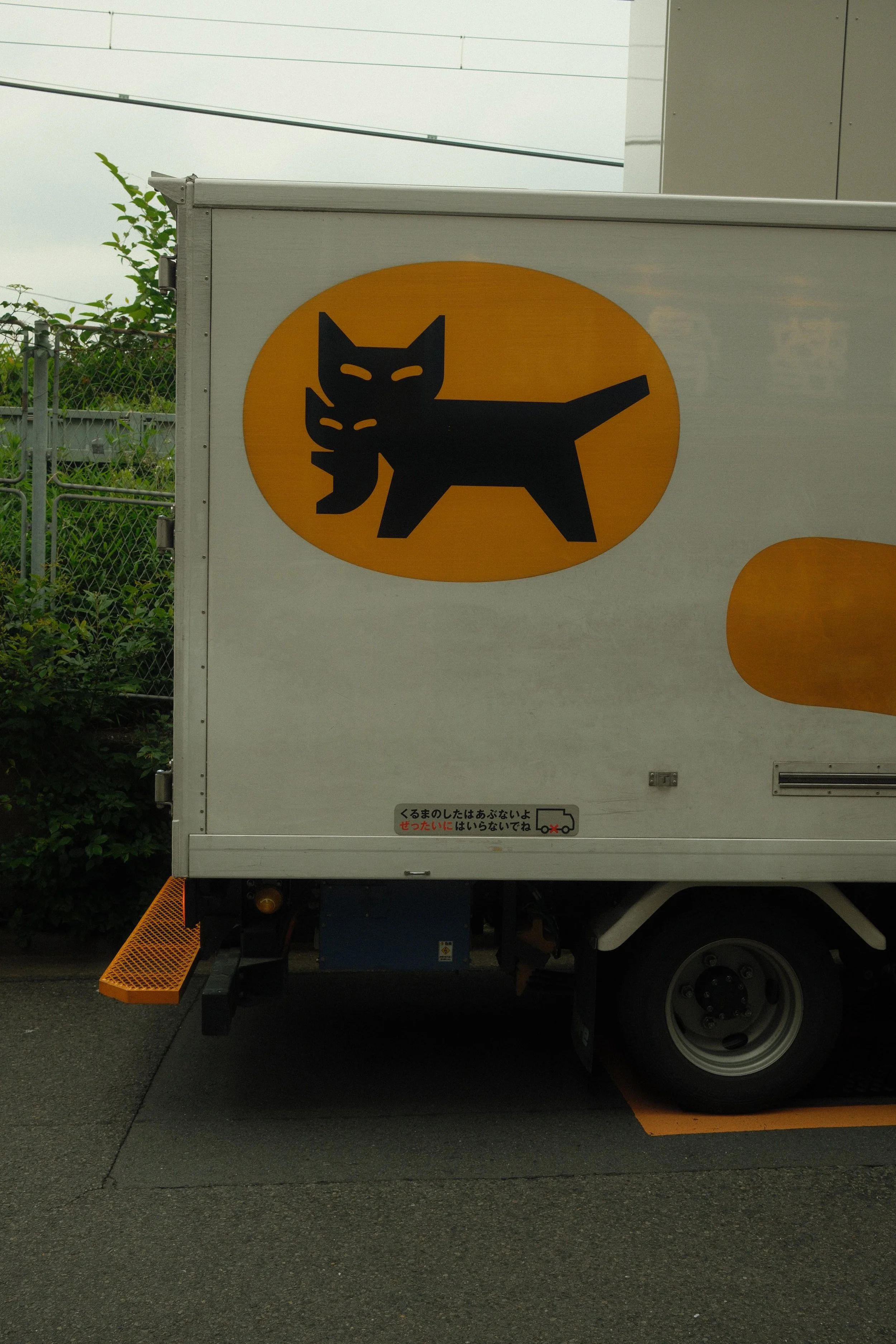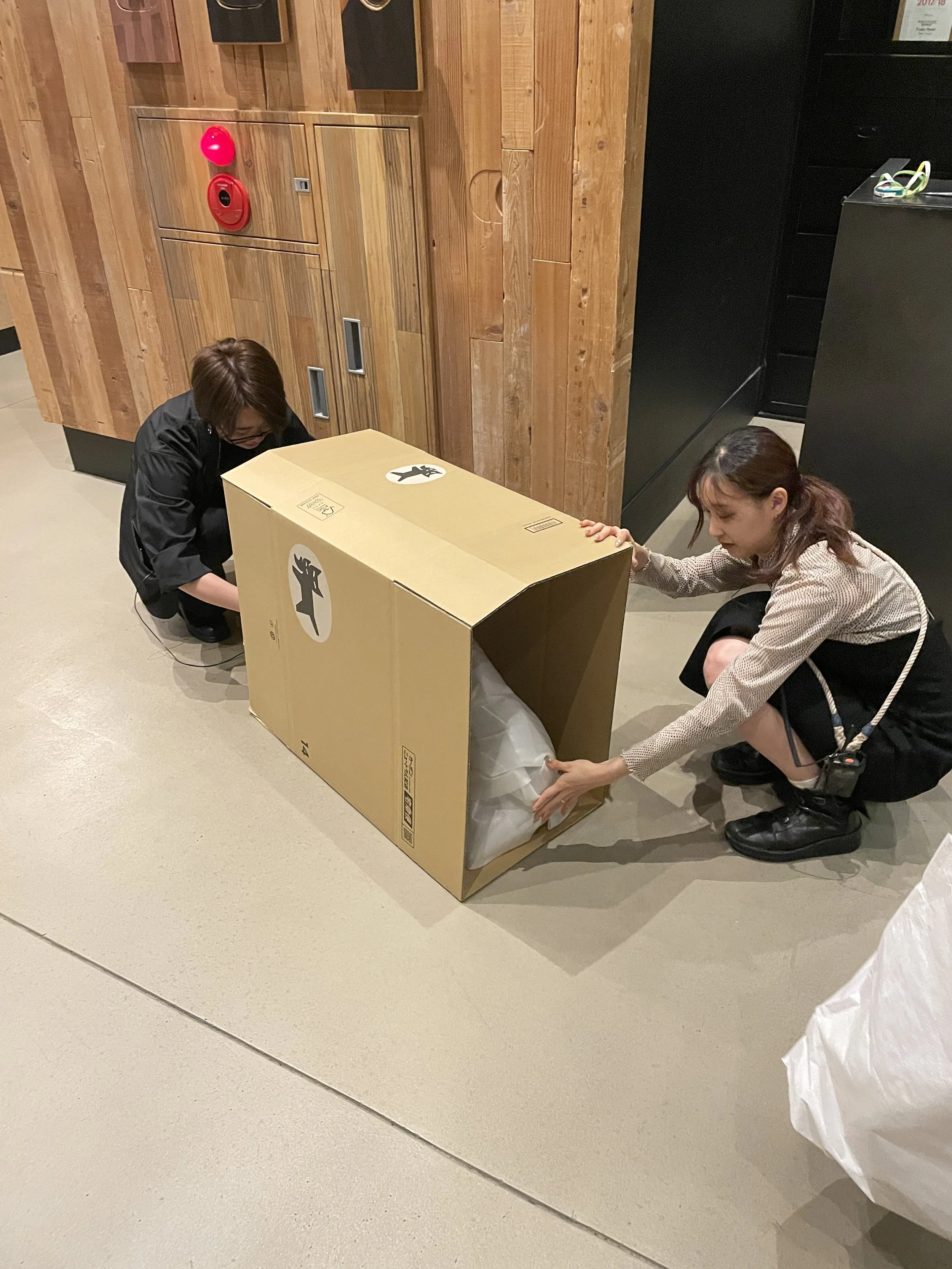What America Forgot, Japan Remembers (Part I): The Story of Yamato’s Kuro Neko
What makes a great brand?
The right logo? A particular typeface? An abstract mark?
Most of us can rattle off some iconic examples — Nike, IBM, Apple, Polaroid — but far fewer can articulate why they’re great.
A brand is a container for emotion, the feelings we associate with a product, service, or experience. But a great brand is more than that: it is a promise, whether conveyed by a shape, a word, or a color. To quote Dan Wieden, legendary ad-man and founder of advertising agency Wieden & Kennedy, “A brand is a verb.”
Nike exhorts.
NASA dreams.
Apple elevates.
Subaru loves.
Coca-Cola comforts.
Marlboro defies.
What does your brand do?
Despite a democratizing boom in design tools and a cultural awakening to the importance of branding, it appears that we’ve lost sight of this central insight: a brand isn’t a look; it’s a feeling.
Open a Coke: taste happiness.
Smoke a Marlboro: enjoy independence.
Take a Polaroid: cradle a moment.
Photograph by Todd Cooke
America used to be the best in the world at this. We may not have invented the brand, but, for better or for worse, we did create the branded-self. To wit, Frank O’Hara wrote “Having a Coke with You” not to namedrop the popular beverage, but because no other word could contain the feeling he was trying to capture: quotidian happiness.
This was the secret sauce to America’s recipe for cultural soft-power.
If Coca-Cola pioneered emotional branding on a global scale, then Nike inspired lifestyles built around motivation. If Apple made technology covetable among artists and creatives, then Subaru made inclusion feel like belonging.
That’s why we thrift vintage Harley t-shirts: we desire hard-fought authenticity.
That’s why we curate Hermès boxes in our homes: we long to inherit, not consume.
That’s why we shoot weddings on Kodak film: we want to cherish ever-fading memories.
—
But in the past decade or two, something’s changed.
Many of today’s upstart brands feel hollow. The few that do provoke emotional responses (I’ll let you guess which) are intentionally confrontational, oscillating between tired playbooks of empty provocation, backward nostalgia, or techno-utopianism — not connection.
If we’re experiencing a tragedy of the commons, it’s because we no longer believe in collective stories.
So let me tell you a different story – one that takes place, not in America, but Japan – about a company that learned from us, then quietly did it better than we could.
—
In 1919, Yasuomi Ogura founded Yamato Transport. By the 1950s, he felt that the company was in need of a new logo: one that symbolized trust and care. While flipping through American advertisements for inspiration, he spotted a compelling one from Allied Van Lines: a cat gently carrying her kitten. Ogura asked for permission to adapt the logo for the Japanese market, which the company granted. He commissioned a designer, Takeshi Shimizu, to rework it. But none of his drafts felt right. One day, Shimizu’s daughter brought home a crayon illustration of a mother and a litter of kittens.
Illustration by Takeshi Shimizu’s daughter, upscaled by ChatGPT
“That’s it,” he said.
The result? A brand so emotionally resonant it became synonymous known not with a name, but a feeling: the feeling of being cared for.
By point of contrast, in America today, these are the brands for top four logistics companies. (NOTE: UPS used to have a great emotional brand, designed by Paul Rand back in 1961). They are corporate, professional, but unfeeling.
In Japan, People don’t say their package is being delivered.
They say: “黒猫は行きます.”
Photograph by Todd Cooke
Kuro neko wa ikimasu.
“The black cat is coming.”
Photograph by Todd Cooke
If you spend any time in Japan today, you’re bound to see the brand everywhere: on trucks, delivery boxes, buildings, billboards, t-shirts, and even in anime movies. Studio Ghibli licensed it for Kiki’s Delivery Service. (The film also happens to feature a small, sarcastic black cat named Jiji—a not-so-subtle nod to the Yamato’s domestic dominance.) Satoshi Kon featured their delivery trucks in Tokyo Godfathers, as part of his gritty, realist depiction of life on the margins of an urban metropolis.
I even had my own direct experience with the black cat, while staying at the Trunk Hotel in Shibuya.
My wife and I had acquired a century-old Japanese candelabra that wouldn’t fit in our luggage. I asked the hotel staff if they could direct to me a parcel-forwarding service. They looked at the candelabra, looked at me, and asked if I would entrust them with the packaging and shipping. Delighted, I obliged.
Photograph by Todd Cooke
I looked on as the two women consulted each other in rapid Japanese, working as a team to crease a corrugated cardboard into a beautiful oblong package, big enough to accommodate the awkwardly shaped item. Sure enough, emblazoned on the box was the kuro neko.
The package arrived at my parents home in Philadelphia in perfect condition, two weeks before we did.
All that’s to say, whether in the real world or imaginary ones, Yamato has cemented itself as the kind of brand we used to build in America: a brand that means something to Japanese businessmen, artists, tourists, and everyday people, alike.
A brand with a promise.













